Sony Artisan Ben Moon is an adventure, lifestyle and portrait photographer who in recent years has shifted his focus to filmmaking to bring a wide range of thought-provoking, impactful and cinematic stories to life on-screen. Moon’s unique ability to connect with his subjects paired with the talent and experience for visual storytelling allow him to bring a high level of emotional and visual depth to his films as well as his portraiture. He credits the feeling that comes through his imagery and videos to his specific arsenal of Sony gear, currently a pair of Sony Alpha cameras, two G Master zooms and three G Master primes. Depending on the situation, he chooses a lens that will authentically capture the moment in the style he’s known for, and we connected with him to learn more about which lens he reaches for in different scenarios. Keep reading as he gives us a deeper look into his kit for outdoor lifestyle photography and cinematic videos.
Product Preview – In This Article You’ll Find:
–Sony Alpha 1
–Sony Alpha 7CR
–Sony 24-70mm f/2.8 G Master II
–Sony 70-200mm f/2.8 G Master II
–Sony 50mm f/1.2 G Master
–Sony 85mm f/1.4 G Master
–Sony 14mm f/1.8 G Master
–Sony 1.4x Teleconverter
–Sony TOUGH Memory Cards

Cameras
Sony Alpha 1: This camera has been my workhorse body since it was first introduced as it can handle anything from action sports to portraiture or fashion to motion work. One of the biggest things with this camera is the autofocus, and that applies to everything from lifestyle to action sports, as well as the motion. The Eye Autofocus is important for portraits because as I’m interacting with the subject, I don’t have to worry about the camera finding focus. I know it's going to nail the eye every time, even close-up and in a shallow aperture.
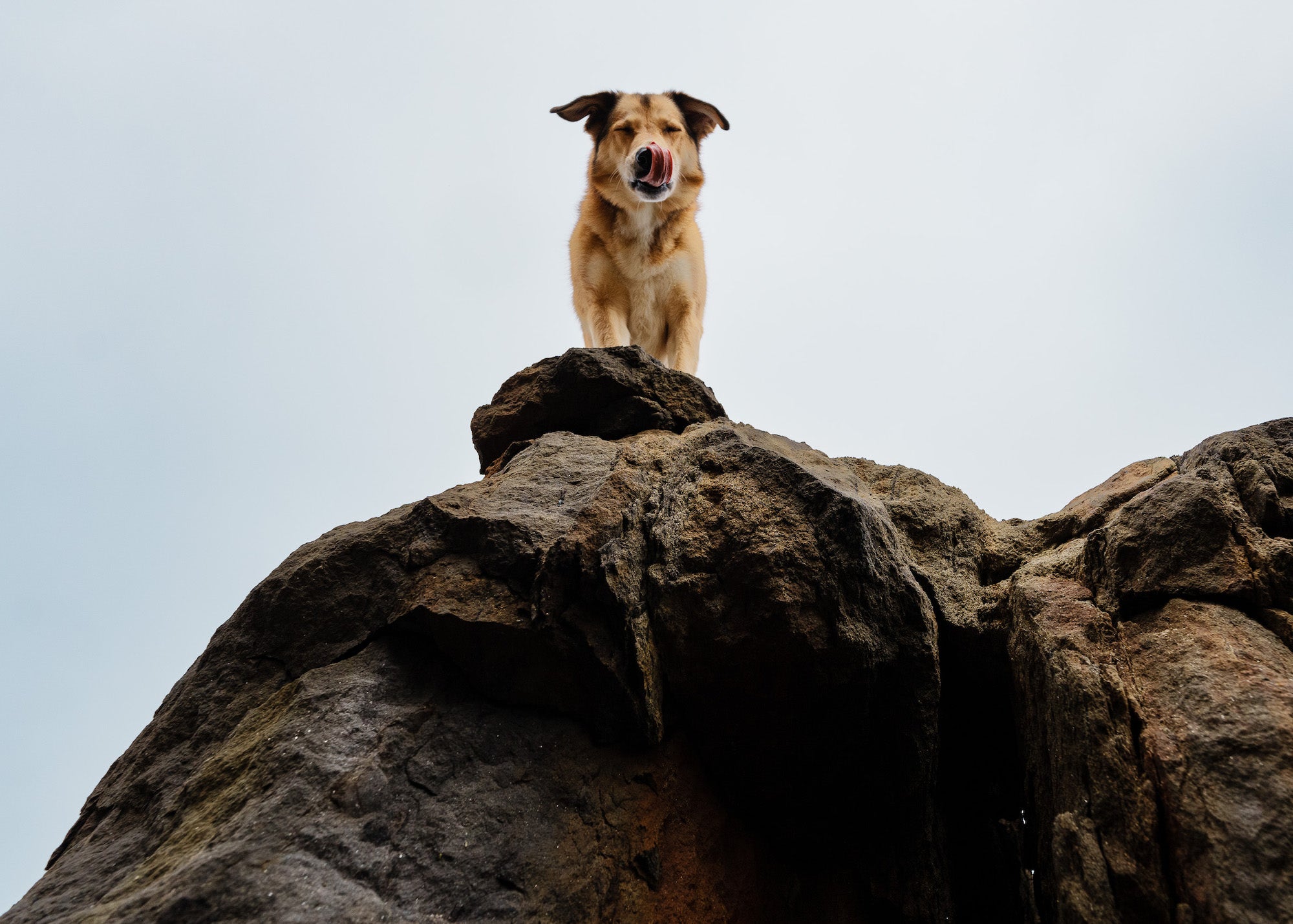
Photo by Ben Moon. Sony Alpha 1. Sony 14mm f/1.8 G Master. 1/320-sec., f/5.6, ISO 200
It also shoots 30 frames per second as far as stills, so I know I'm always covered for everything I need. 30 is more than adequate for most things I do. This camera really runs the full spectrum. The sensor is 50-plus megapixel, so I don't feel like I'm missing anything by not using something with a higher resolution. I've got great autofocus, I've got more than enough frames per second. I have 4K at 120 fps motion. I feel like I'm just covered all across the board with the Sony Alpha 1 as it does everything really well. It's the best camera I've ever used.
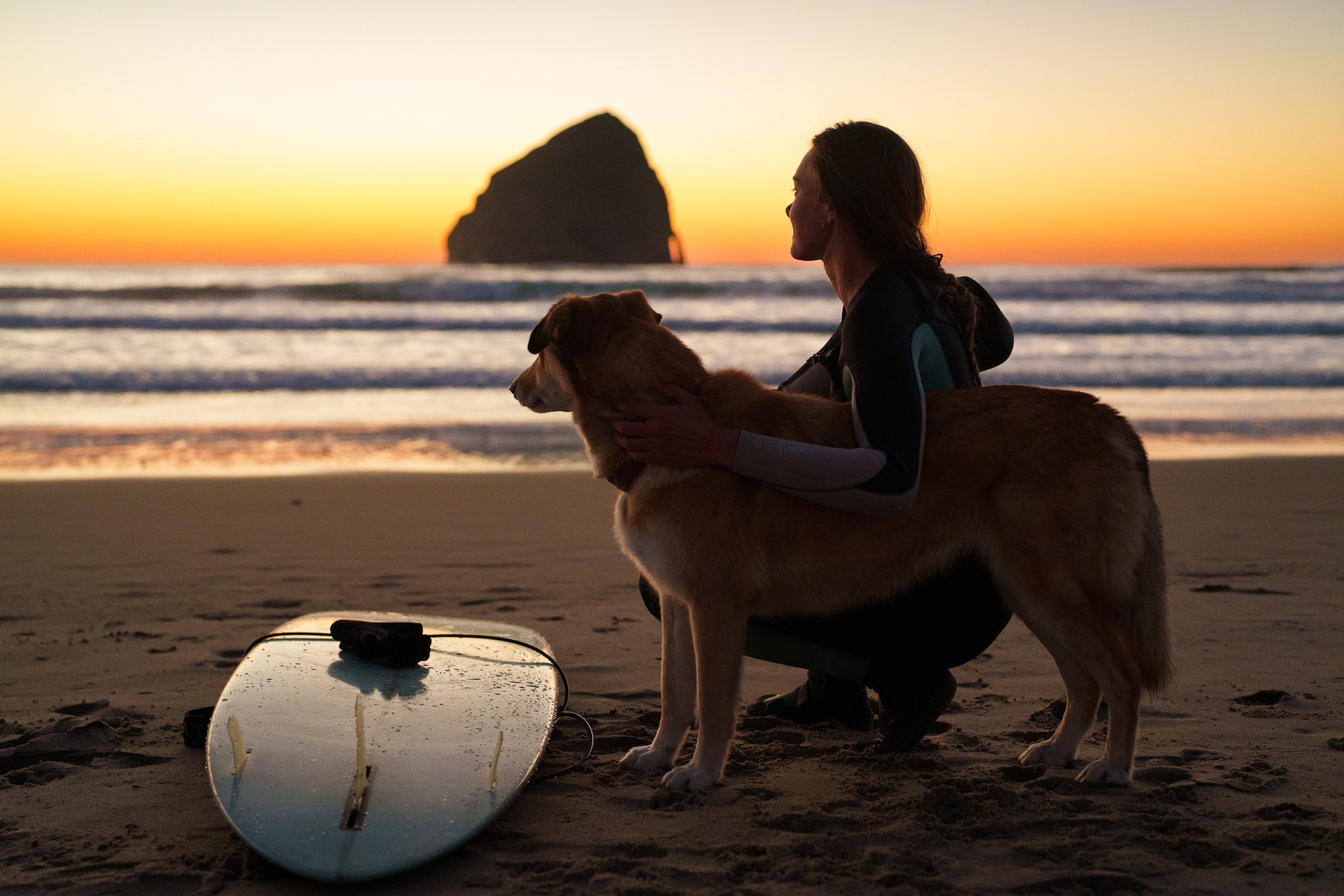
Photo by Ben Moon. Sony Alpha 1. Sony 50mm f/1.2 G Master. 1/400-sec., f/2.8, ISO 3200
Sony Alpha 7CR: The Alpha 7CR has become my favorite backup and travel camera. It’s a lightweight powerhouse and the added grip makes it fit perfectly in my big hands. I often pair it with a small prime lens for walkabouts – I barely notice it on my shoulder and the vintage looks make it visually appealing as well.
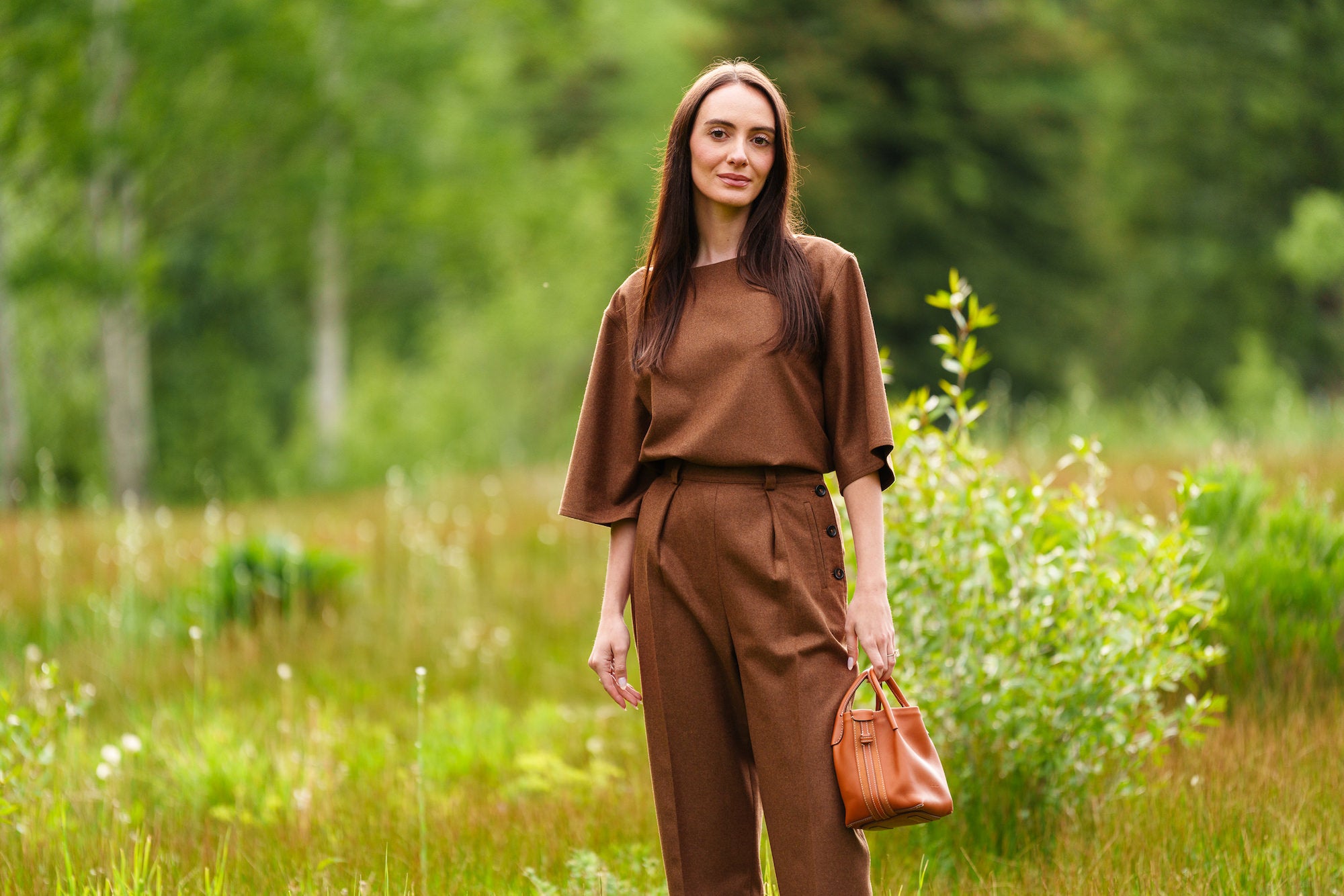
Photo by Ben Moon. Sony Alpha 7CR. Sony 70-200mm f/2.8 G Master II. 1/200-sec., f/2.8, ISO 400
Lenses
Sony 24-70mm f/2.8 G Master II: This lens is most often paired with my Sony Alpha 1 when I’m on location. It’s versatile and as sharp as most primes and I love the updates to the previous version. It covers the range of focal lengths for most lifestyle, fashion,or outdoor shoots, unless I'm shooting long range and need to switch to a telephoto. But almost everything I need for a normal shoot is covered with this focal length. Being able to open up to f/2.8 gives me a nice bokeh so I can shoot really nice portraits, fashion and lifestyle imagery.

Photo by Ben Moon. Sony Alpha 1. Sony 24-70mm f/2.8 G Master II. 1/2000-sec., f/3.5, ISO 100
I’ve actually mistaken it in post-production for some of the primes because it’s just so sharp. It's nice to know that I'm not sacrificing sharpness or feel of the images, because that's really important. I think that that's why a lot of people would gravitate toward primes – is the feel. That lens just has a really beautiful feel in the images, and it's lighter than the first version and smaller, which is a huge bonus too. I'm a big fan of keeping my kit compact.
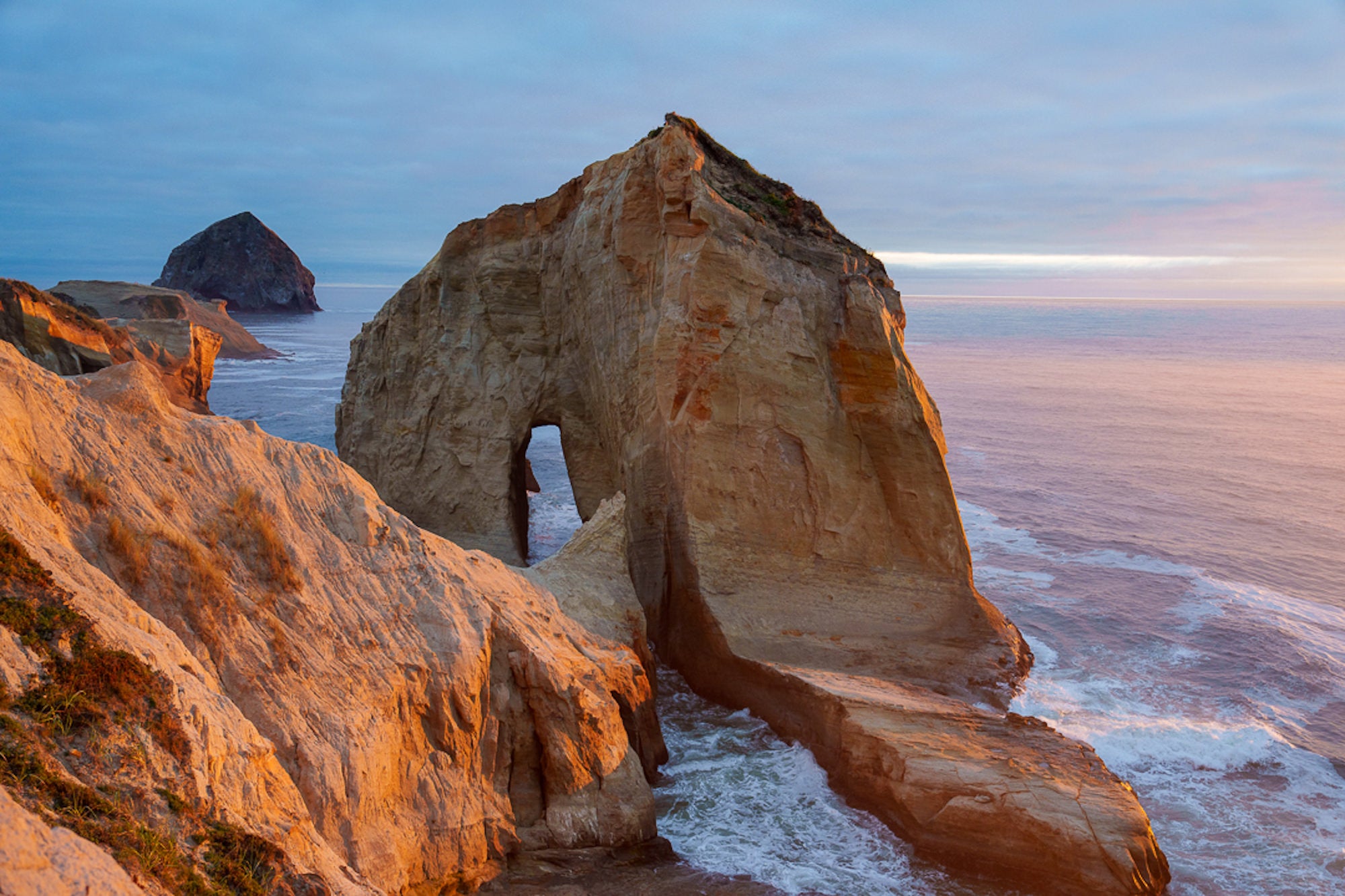
Photo by Ben Moon. Sony Alpha 1. Sony 24-70mm f/2.8 G Master II. 1/125-sec., f/4, ISO 640
Sony 70-200mm f/2.8 G Master II: I also love the update to this lens. It’s unbelievable that Sony could make these two lenses sharper as well as smaller and lighter than the first gen version! I typically choose this lens when I want to compress the background and bring it closer. I’ll often use it in a situation where I'm trying to capture quick moments within a bigger group of people because I can isolate different individuals and what they're doing. Both through the bokeh or lens blur, I can isolate a person or get closer to the action if I can't get in there close enough to begin with.
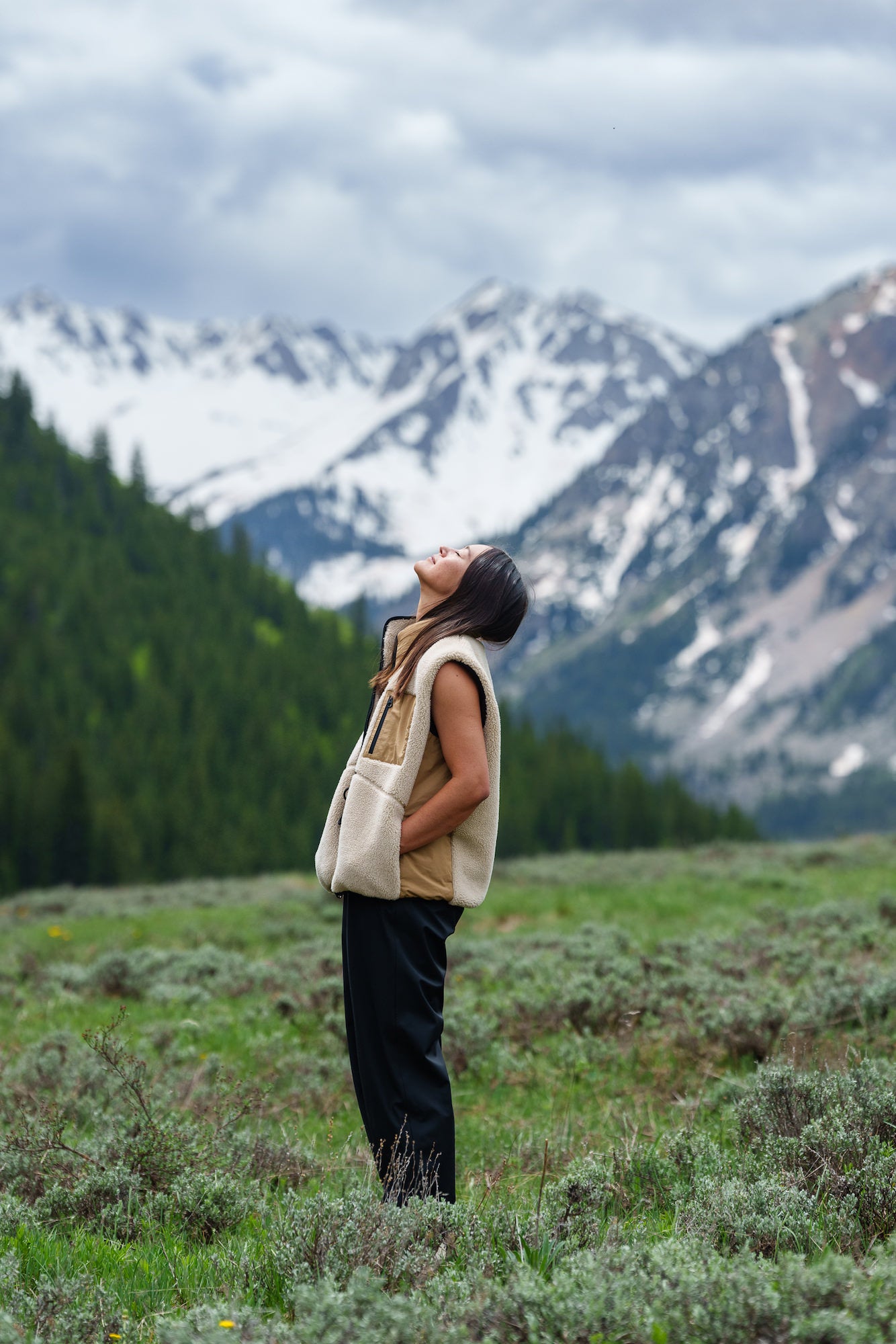
Photo by Ben Moon. Sony Alpha 1. Sony 70-200mm f/2.8 G Master II. 1/640-sec., f/4, ISO 200
It’s just a really great, fast lens, and again, the second version of this is just such an amazing improvement over the first version. The first version was great, and this is lighter and sharper. The feel of the imagery it produces is just incredible. I also feel like I can use it for portraits if I need to and don't have my 85mm with me. It’s also great for things like live music and other action when you want to get closer but can’t move.
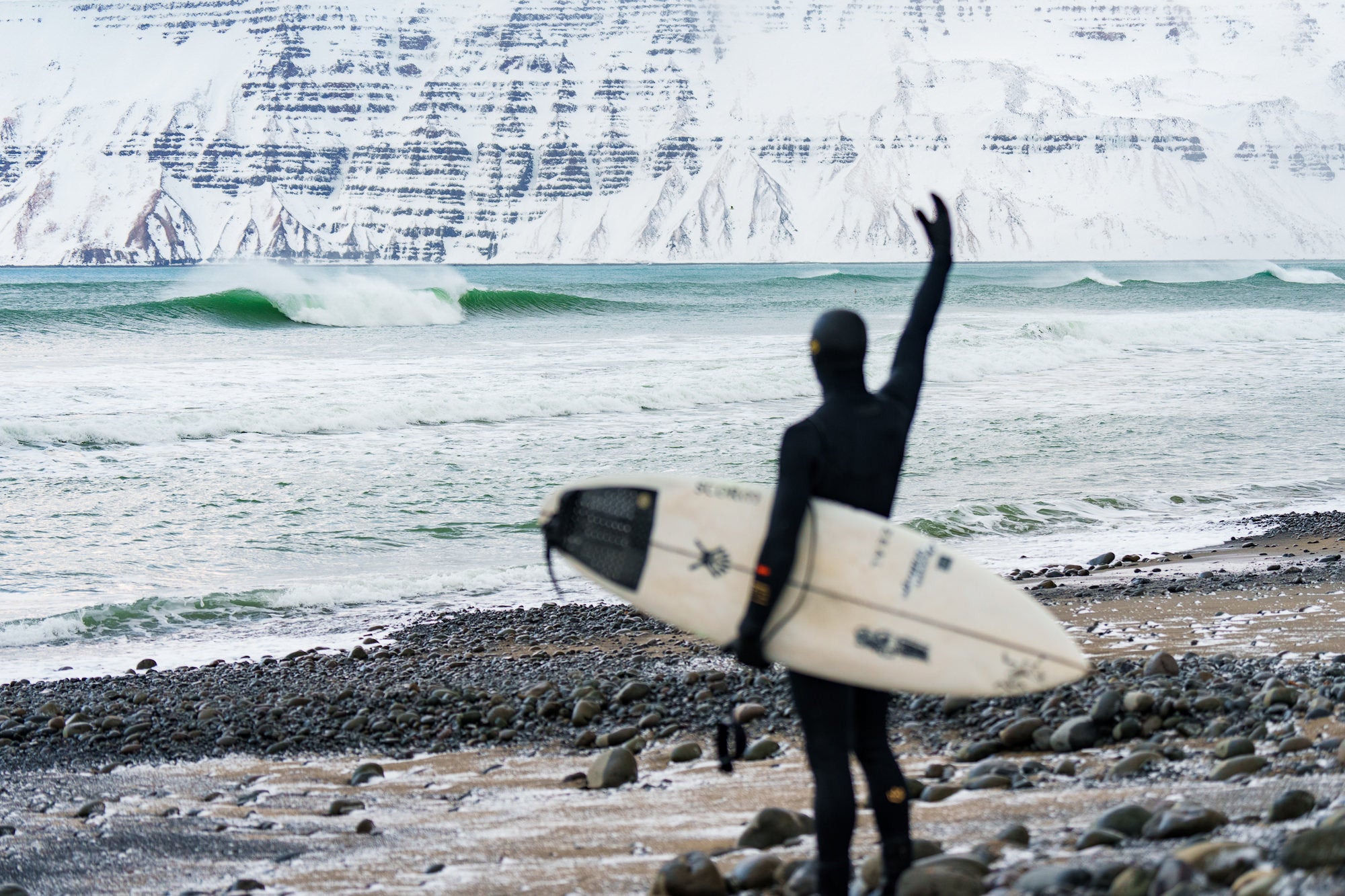
Photo by Ben Moon. Sony Alpha 1. Sony 70-200mm f/2.8 G Master II. 1/250-sec., f/2.8, ISO 800
Sony 50mm f/1.2 G Master: I use this lens for portraiture and automotive work. It's just a beautiful piece of glass. When you take a portrait, I don't usually shoot it wide open. But if I want to stop it down even a tiny bit, I can really get the nice fall off and make that part really stand out. If it's not a close-up portrait, this is the lens I always grab first.

Photo by Ben Moon. Sony Alpha 1. Sony 50mm f/1.2 G Master. 1/2000-sec., f/2.2, ISO 100
The autofocus performed beautifully while filming surfing in Iceland during the making of the Creation Theory film. When shooting surf in Iceland, people will often use a wider lens so they can get closer to the action. But in this scenario, I was shooting a break. It was springtime and the water was 34 degrees, definitely the chilliest ocean I have swam in with a waterhousing. I had to stay in this one spot. That lens had a very cinematic feel. There was a lot of really expensive cinema gear on that set for that film, but looking back at the footage shot with this lens, it just blends in with the rest of the footage shot on cinema gear.
Sony 85mm f/1.4 G Master: This is my go-to portrait lens for my ongoing black and white series I call “Faces”. I just feel like 85mm has the perfect focal length for just the majority of face shapes and sizes. It feels like it offers a really honest rendition of someone in that headshot, close-up series. I love that I can stop it down at f/2.5, but still render the face perfectly. The background just disappears, the eyes are sharp and the expression is really obvious. Just the way it renders emotion and feeling to me makes this lens a special one. Because the whole point of that series is to make the colors of clothing, the background and the environment not matter. It's all about the person, and that lens just feels perfect for that sort of feeling and vibe.
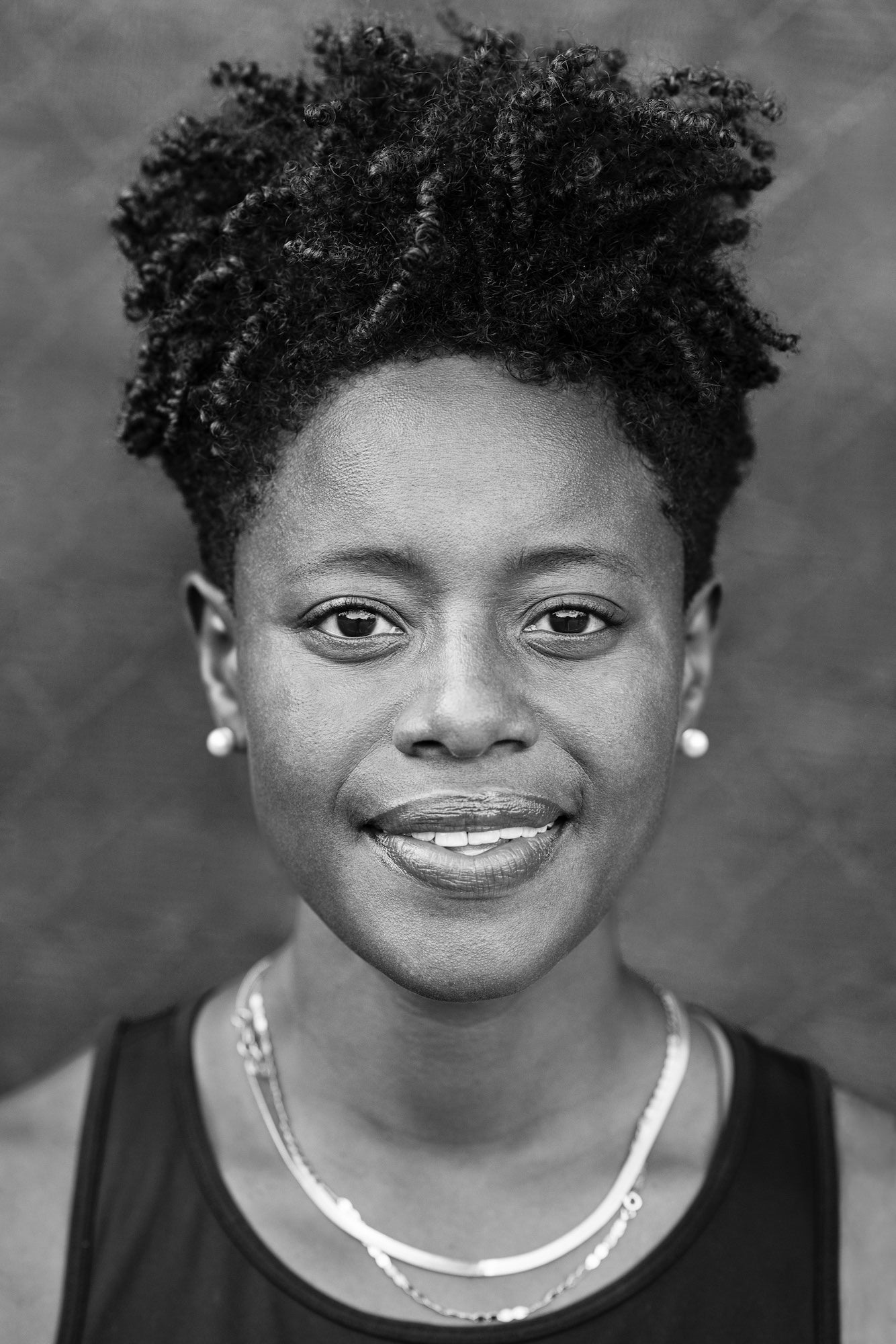
Photo by Ben Moon. Sony Alpha 1. Sony 85mm f/1.4 G Master. 1/250-sec., f/2.5, ISO 640
Sony 14mm f/1.8 G Master: This lens is great for interiors and wide scenics, as well as astro and nighttime timelapses. It's an incredible lens for whenever you want to capture the space of a room, but don't want a lot of distortion. The fact it's rectilinear is fantastic for interior shots where you want to get a lot of the environment.
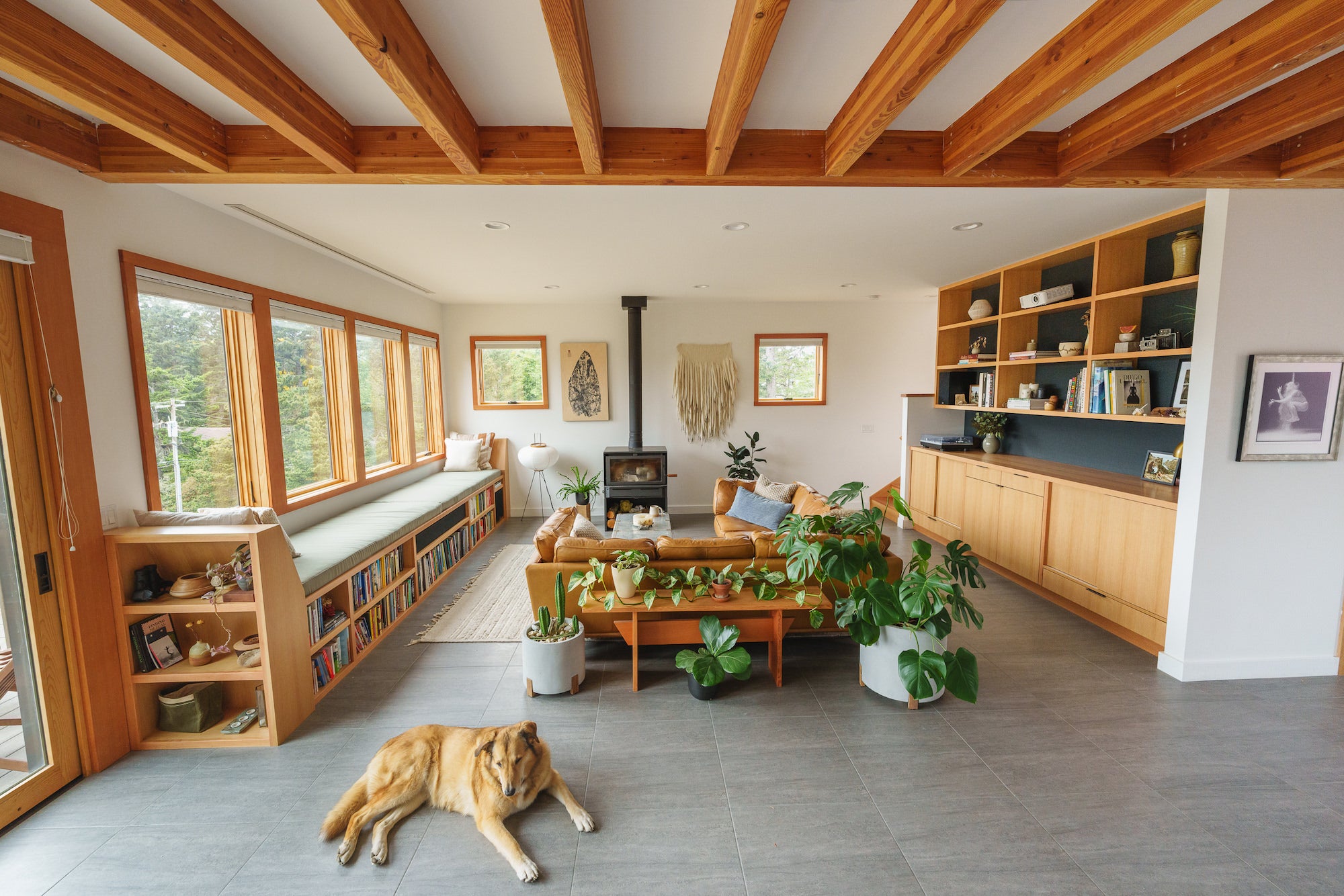
Photo by Ben Moon. Sony Alpha 1. Sony 14mm f/1.8 G Master. 1/80-sec., f/9, ISO 640
It’s also great for time-lapses because you're able to get all of the sky. I used it to capture timelapses of the northern lights during that same film project in Iceland. It was just incredible how that lens captured the entire sky, but was still sharp at that shallow aperture because of the f/1.8 for astrophotography you need all the speed you can get. This lens is very special when needed and perfect in those situations.

Photo by Ben Moon. Sony Alpha 7S III. Sony 14mm f/1.8 G Master. 2.5-sec., f/1.8, ISO 4000
Sony 1.4x Teleconverter: I like to pair this with my Sony 70-200mm f/2.8 G Master II. It is so lightweight, and it adds the perfect amount of reach to the 70-200mm without compromising image quality to create a really versatile telephoto lens that I can use for surf photography. If I want to have some of the background exposed, I can decide whether I want to zoom in on the surfer or pull back.
Accessories
Circular Polarizing Filters: All my lenses are paired with these, a must-have for shooting around water, midday photographs, and taking the shine off of skin tones or clothing.
Sony TOUGH Memory Cards: These are the strongest cards out there and I know they will keep my professional work safe.
Extra Batteries: Every photographer should have extra batteries with them on a shoot, you just never know.
Lens Cloth: Always good to have one of these to keep your lenses clean.
Rocket Blower: These are also essential to have in your kit for blowing dust off your gear.
Sensor Pen: For those stubborn sensor spots the blower won’t remove.
I love the design and functionality of the Peak Design bags and straps, the 30L version of their travel backpack is pictured here. I’ve learned to never go anywhere without a solid set of earbuds and the Sony Linkbuds S are a favored pair. Sunglasses are essential, these are the Myles from Raen.
Book: Recently I discovered how rewarding it is to gift a copy of my memoir Denali: A Man a Dog and the Friendship of a Lifetime to friends, clients and new acquaintances and now I always bring a few copies with me during my travels.
Focus Aid Energy Drink: During my book tour I needed a pick me up that wouldn’t leave me too jittery (I’m really sensitive to coffee) and found that a can of Focus Aid energy drink really worked for me. Now I bring the Focus Aid Go powdered packets with me - lightweight energy boosts with nootropics and minus all the sugar and additives.
Aloha Lip Balm: Nothing is more irritating than cracked or dry lips on an airplane or on set, so I include a travel size of Aloha lip balm from Oshan Essentials in my kit. It’s made with all natural ingredients sourced in Maui – good for lips, face and body.
The most important thing to remember is to have fun and keep an open mind! Photography has brought me to incredible places and introduced me to lifelong friends and I am so grateful for that.
See more of Ben Moon’s work on his Alpha Universe Profile and on Instagram @ben_moon.



























